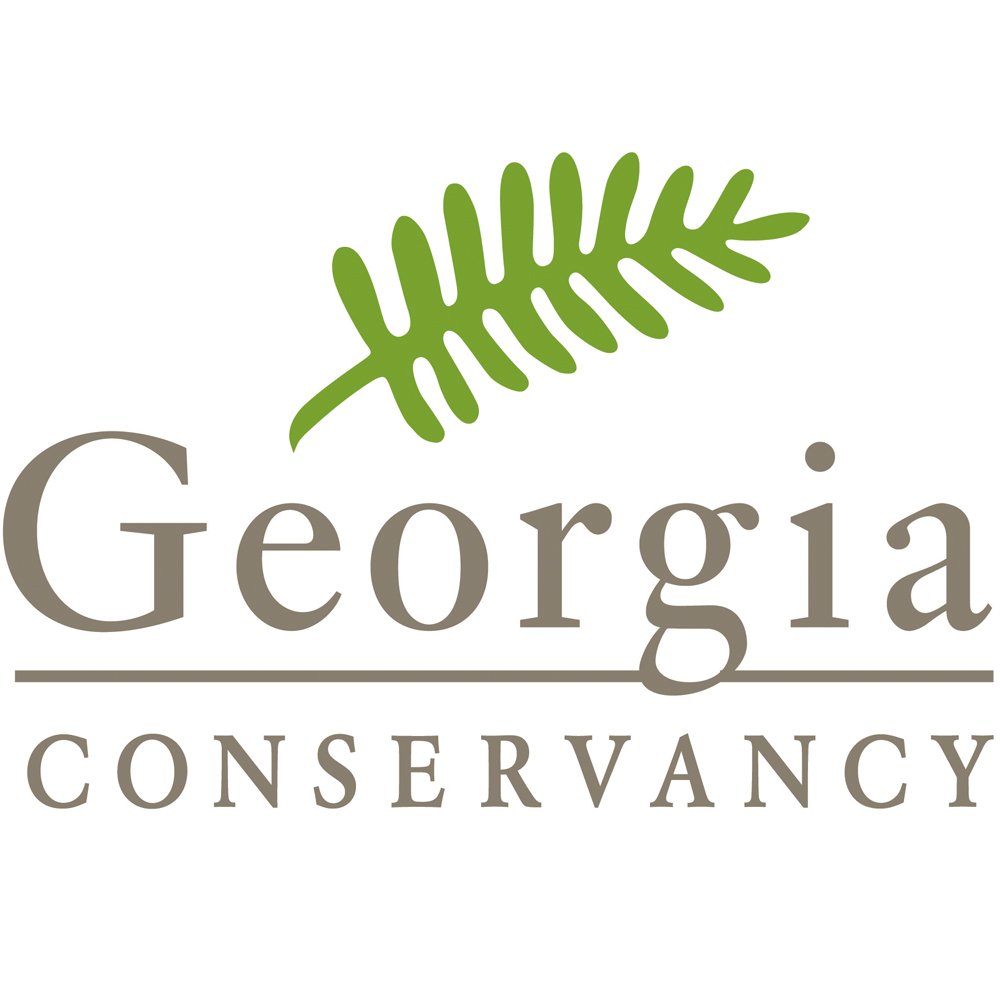Blueprints for Successful Communities - A History
Well before growth and its effects were a topic of daily dialogue, the Georgia Conservancy brought together planners, architects, home builders, transportation engineers, and community advocates to begin a conversation about growth. This conversation took place when many Atlantans were concerned about the region’s increasing congestion, lack of greenspace, declining air quality, and loss of land, but few were making headway in solving these problems.
Planning for growth and its impact on natural resources seemed to be the logical progression in the work of the Georgia Conservancy, and Blueprints for Successful Communities was born in partnership with the Urban Land Institute and the Greater Atlanta Home Builders Association. Growing from the recognition that the form of development has a direct relationship to the loss or retention of critical natural resources, Blueprints puts natural resources first when considering growth management issues.
The Georgia Conservancy remains dedicated to protecting and conserving Georgia’s natural resources though advocacy, engagement and collaboration, and that mission is perfectly reflected by the work performed by our Blueprints program.
From its beginning in 1995, Blueprints has been a leader in the growth management arena because of our emphasis on the protection of natural resources, our inclusion of a diverse array of stakeholders in the community engagement process, our active interdisciplinary partnerships, and our educational training on quality growth concepts and policies. Through Blueprints, community members across Georgia can collaborate and actively plan for the sustainable future of their neighborhoods, towns and regions.
Our state is home to an abundance of natural and cultural resources. But our development patterns over the last 50 years present a very real threat to these resources and quality of life as a whole. Sprawling, decentralized development, where people must depend on automobiles, is expensive for local governments to serve and has a staggering effect on the environment. While the Georgia Conservancy cannot and would not advocate for no growth, we can and must advocate for sustainable growth. Sustainable growth is not about stopping development. Instead it is about creating livable, sustainable, and economically efficient land use patterns and development practices that are good for the environment, communities and the economy.
The program is directed, managed and funded through the efforts of Georgia Conservancy staff, while our “Blueprints Partners,” composed of academics, professional organizations, and leaders of other industry-related nonprofit organizations, serve as an advisory group. Leading the efforts to research best possible sustainable practices and to creatively tackle planning issues through the design process are our collegiate partners. Through our partnership with the Georgia Institute of Technology’s College of Design, the University of Georgia’s College of Environment and Design and the Savannah College of Art and Design, the Georgia Conservancy has engaged more than 300 students in the planning process and allowed for them to work on real-life issues in community development.
At its core, Blueprints is an education and technical assistance program designed to facilitate community-based planning across the State. Blueprints teaches Georgians to achieve successful communities by creating sound conservation and growth strategies and building consensus for action at the local, county, regional, and state levels.
Since 1995, Blueprints has had the privilege of working with different communities all over Georgia that are facing a variety of challenges. We have collaborated with cities and counties together, in Atlanta in-town neighborhoods, along transportation corridors, and in environmentally, culturally, and historically sensitive areas. In that time, Blueprints has evolved to include a focus on regional issues such as sea level rise, community education through our Good Urbanism workshops, and statewide research and outreach around the measures that small towns can take to have an economically viable and sustainable future.
Blueprints has tackled issues related to:
Growth management and development pressure in particular as it relates to the preservation of community character;
Environmental protection, land conservation, stormwater management, and the protection of water quality
Traffic congestion, transportation infrastructure, and transit-oriented development;
Land use, zoning, and historic preservation;
Affordable housing, displacement, and disinvestment;
Infill development, brownfield redevelopment, and revitalization
Sea level rise on Georgia’s coast
The siting of new schools
In managing a community-based planning initiative, we are in the position of being a completely neutral entity without an agenda other than to take the community through the Blueprints process and encourage the use of (or educate about) quality growth concepts and policies. As such, each Blueprints is tailor-made to meet the needs of that particular community. Our goal is to provide possible solutions to address specific challenges and to accentuate the assets of each community. Consequently, our successes vary as greatly as the communities with whom we work.
A Study of Three Blueprints Communities
Georgia's BluePrints Communities
From Toccoa to Moultrie, from large regions to small neighborhoods, from the mountains to the coast, the Georgia Conservancy's Blueprints for Successful Communities program has worked with residents and stakeholders across Georgia to conserve our state's natural resources through sustainable development solutions.
Learn more about the variety of communities that have been touched by Blueprints.
For more information about Blueprints for Successful Communities, please contact Georgia Conservancy President Katherine Moore at kmoore@gaconservancy.org or Georgia Conservancy Urban Design Lead Luben Raytchev at lraytchev@gaconservancy.org.







